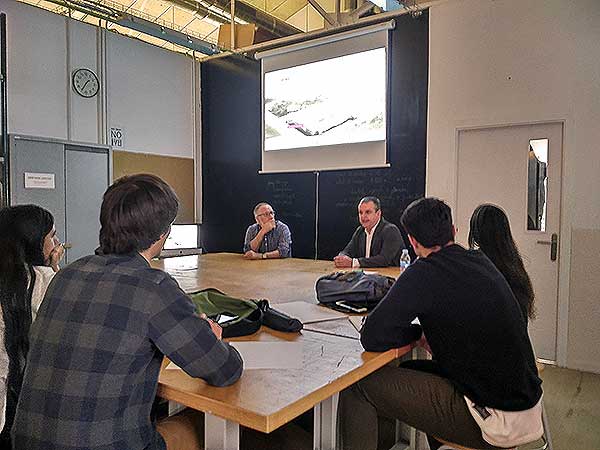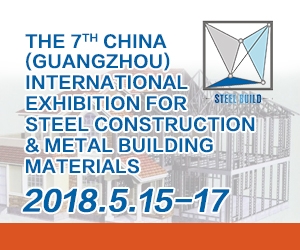Friday, NIBUG carried out two classes on materials to the students of Interior Design of the Escola Superior de Disseny (IED) in Barcelona. Antonio Pellicer, NIBUG’s General Coordinator, explained the history of the consultant and the different projects he has done over the years so that students could see the importance of design and materials in the industrialized constructions.
Obligations with the project
As designers, Pellicer remarked that they have obligations with the project that will affect the materials they use, because they must know: where it is, what equipment will be used, how it will affect production, how it will be transported to the site (this also includes measures of the cutting and the flexibility of the material that goes inside the container).
What should the materials used in interior design provide?
During the class, Pellicer specified that he should bring the design to the buildings:
- Ease of assembly: look for structures that can be assembled and disassembled quickly and are relatively complex.
- Sustainability: always look for elements that are friendly to the environment.
- Flexible design: the spaces that NIBUG config can be modified. Interior design furniture they believe should be able to adapt to changes. It is key to be able to adapt to the needs of the client. For example, the Apartments in Cambrils’ project , the front of the building open and create the balcony space into living space.
- Cradle to cradle concept: the materials used must either be returnable to nature or converted into other objects for a second life.
- Customizable: industrialized construction is based on a few designs but should be able to adapt to the needs of the client or the project.
- Resistant: to the changes and modifications that can suffer the space.
Materials used in the interior design of industrialized construction
The first material in the manufacture of buildings is the plasterboard, but it no longer serves as it requires a very complex assembly process, is not a renewable material or returnable and is not easy to assemble.
In projects like HBS, the materials that are thought to be wood, metal and in the future in panels’ material will be made with materials that can be assembled and disassembled with a click.
Antonio Pellicer totally discards the brick, the stone by the weight of the materials. However, the concrete does not discard it because it is a material that is adapting to the new construction and, above all, believes that the ceramic sector can adapt to the new needs of industrialized construction. But he certainly recognizes that steel is currently one of the best materials to work with, since it is 80% recyclable.



